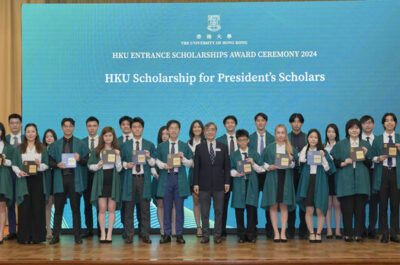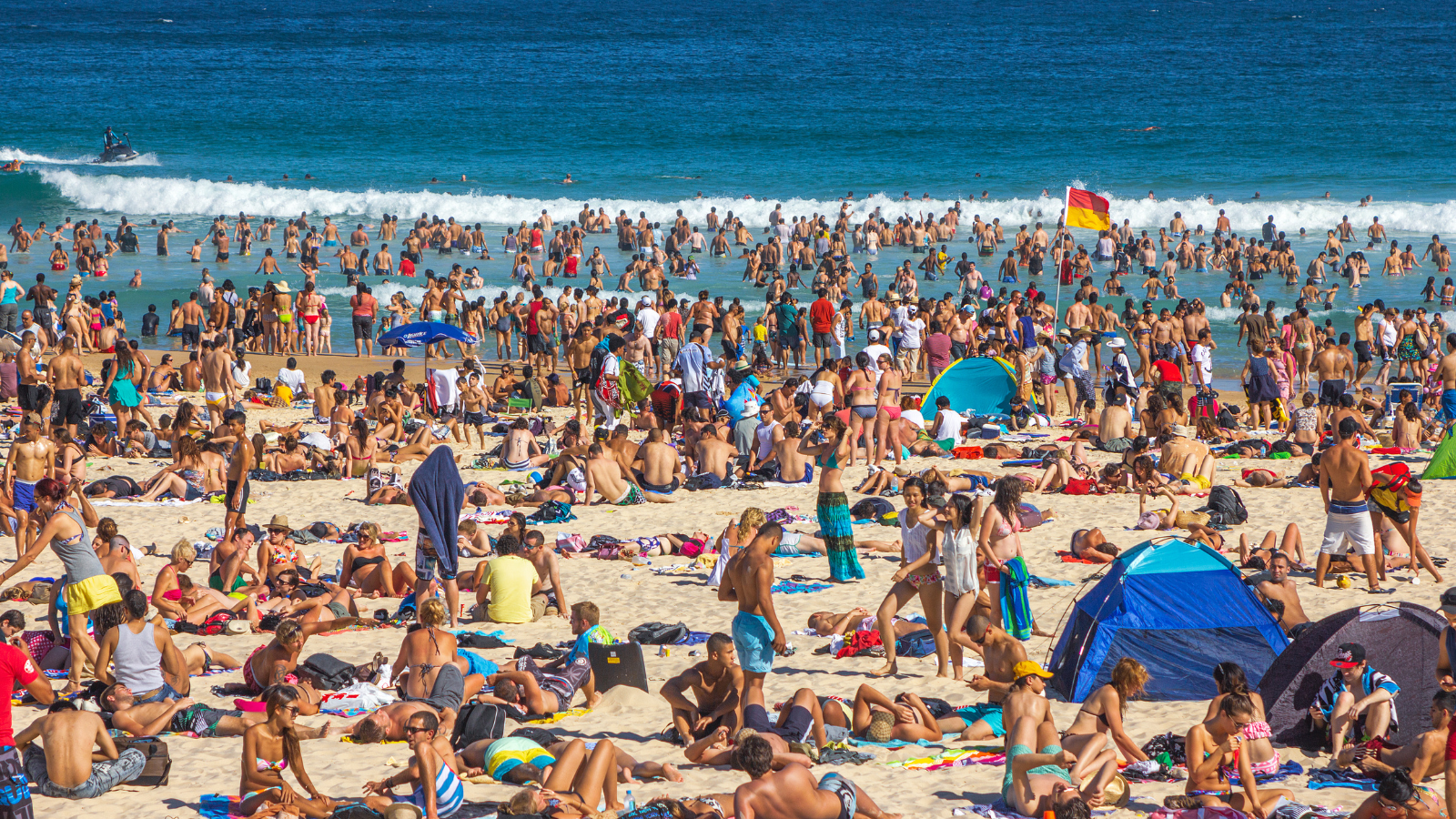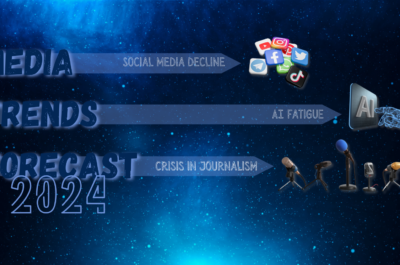Discover how the phenomenon of “viral velocity” on the internet parallels the rise of mass tourism in the travel sector. Explore the power of social media, influencers, and algorithms in reshaping travel destinations and the challenges faced by local businesses. Delve into the delicate balance between accessibility and preservation as hidden gems become famous online. Join the conversation on the evolving essence of travel and the quest for authenticity in the face of change.
In the digital age, the internet has revolutionised how information spreads, trends emerge, and content gains widespread popularity. This phenomenon, known as “viral velocity,” exemplifies the remarkable power of the internet to connect people and ideas across the globe, shaping the modern communication landscape. The surge of mass tourism is a trend that has emerged in the travel sector, running parallel to the rapid transformation of online viral content.
The way viral content spreads on the internet is similar to how hidden travel destinations become popular. Just like a single influential tweet, a well-written blog post, or being featured in a prestigious list can make something popular online, the same happens with travel spots. Public relations and social media are important in viral content and tourism. A well-timed press release or media appearance can make a brand famous, and influential travel bloggers, Instagram personalities, and reputable travel lists can make unknown destinations popular. This trend, driven by global connectivity and people’s desire to explore, has quickly made lesser-known places famous.
User-generated content, like a captivating viral video or a beautiful travel photo, can change how people see things and make them interested. Social media platforms make this even stronger by showing these experiences to a big audience and making people want to do similar things in real life. Social media and algorithms that show people content they like quickly make new places popular. When a place starts getting attention, algorithms make sure it appears in the social media feeds of potential travellers, resulting in increased interest and an upswing in visits. Once a quiet village or a hidden beach is ‘discovered’ online, it invariably leads to an influx of tourists looking to recreate and experience that beauty they saw on screen in real life.
When something becomes popular online and attracts a lot of attention, it can quickly change popular travel destinations. Local businesses in those places can do well if they adjust to meet the increased demand. Take, for example, a small restaurant known for its cosy atmosphere and personalised service. If it gets a great review or gets featured in the media, it can become very busy. This restaurant, which used to be a hidden gem, might have to hire more workers or change its menu because it’s now so popular.
Once hidden gems become famous online, there’s a tricky balance between making them accessible to tourists and preserving their unique charm. The local infrastructure, which was originally built for a smaller population, can face problems like overcrowded transportation, accommodation shortages, and sanitation issues – similar to a restaurant struggling to handle a sudden influx of diners.
I’ve also noticed this phenomenon in my social media feed, with posts titled “Places that have been ruined by tourism” becoming more common (you can easily find articles on this topic through a simple Google search). It’s true that when outsiders start visiting a destination, it can change how that place feels. It can go from being a special and intimate spot loved by locals to a place filled with demanding tourists.
When a hidden gem becomes popular and successful, it often attracts a flood of people who want to be seen at the latest trending spot. The friendly atmosphere of mutual appreciation can turn into competition and intense rivalry, overshadowing the genuine joy of exploring the place and eroding the unique essence that initially drew attention. The race for likes, shares, and comments on social media mirrors the competition for the most desirable travel experiences. Just as content creators try to outdo each other in engagement, travellers strive to capture the most picturesque moments. What was once cherished for its unique charm and authenticity can quickly transform into a bustling hub that caters to diverse and often demanding audiences.
The genuine experience that initially drew travellers can lose its authenticity as local traditions adapt to meet new demands. However, when a destination becomes overly popular, a desire often emerges to rediscover its true essence and authenticity. This yearning is akin to how people seek out local farms and small, non-commercial stores for more authentic experiences amid widespread commercialisation.
Travellers, faced with overcrowding and diminishing authenticity, are often compelled to explore new, less-visited areas to escape the crowds and capture the genuine spirit of a place.
So, is this transformation really a curse, or could it be a hidden blessing in disguise?
In the face of viral content and mass tourism challenges, the key may lie in embracing change and boldly exploring uncharted territories. Growth, which often signifies progress, calls for a shift towards experiences that reignite the essence of what once enchanted us. Just as emerging trends inspire content creators, travellers can kindle their own spirit of discovery by embarking on unexplored journeys that revive the excitement of exploration.
We can find comfort in realising that when something grows overly large and popular, it becomes crucial to adapt and embark on discovering or initiating something new that retains the cherished essence. The fundamental aspects of what we hold dear can endure, even as their outward form evolves. This voyage as travellers should serve as a poignant reminder for us to move forward, actively seek fresh experiences and embrace change while treasuring the enchantment of exploration.
Karine is the Managing Director of Midas PR and serves the company as its “Master Connector”.
She has over 20 years of experience driving PR strategy for leading organisations in various sectors, launching Midas PR in 2007 after gathering ideas, honing her skills in Luxembourg, and refining her PR approach by working in Thailand. Over the last 16 years, Midas PR has achieved strong and consistent growth and today is recognised as one of Thailand’s leading multi-award-winning PR and communications firms. Alongside heading up the Midas team, Karine is Chair for the PRCA Thailand and a member of PROI Worldwide.
Karine is also a renowned thought leader and in-demand speaker on industry topics such as reputation management, corporate communications, and diversity and inclusion. She has shared her insights at several leadership, business and PR conferences, such as the Women in Business Series and the Thailand Startup Summit.
A passionate advocate for female leadership, Karin aims to serve as a role model for other women and inspire them to pursue their aspirations. She co-founded The Lionesses of Siam, a distinctive social and business networking group exclusively for women in Thailand. She has been honoured with several awards, including the Prime Award for International Business Woman Of The Year 2023.




![[PR] PR_Ascott and Vimut Hospital_2024](https://www.traveldailynews.asia/wp-content/uploads/2024/04/PR-PR_Ascott-and-Vimut-Hospital_2024-400x265.jpg)
































































